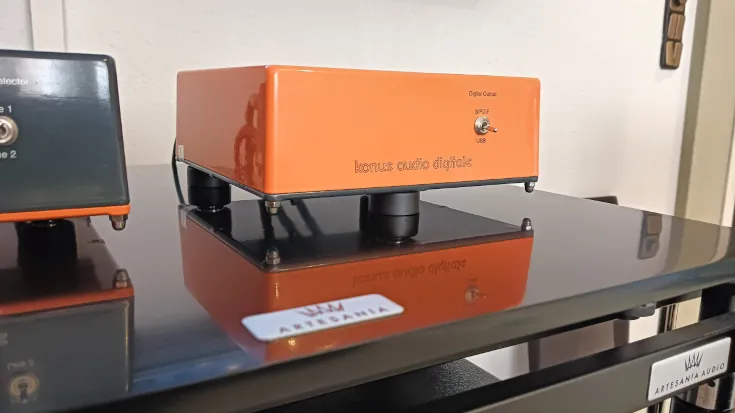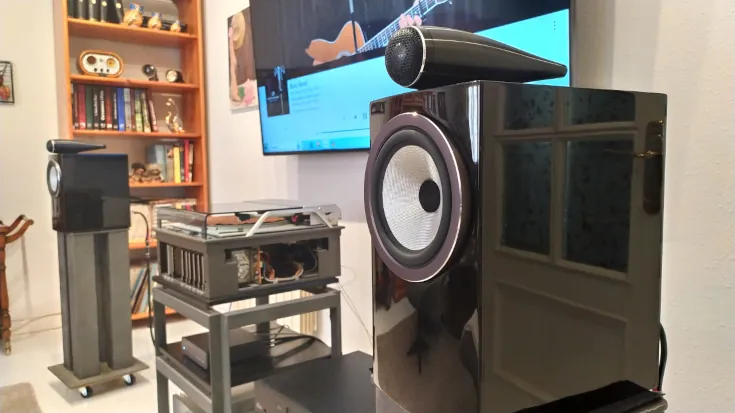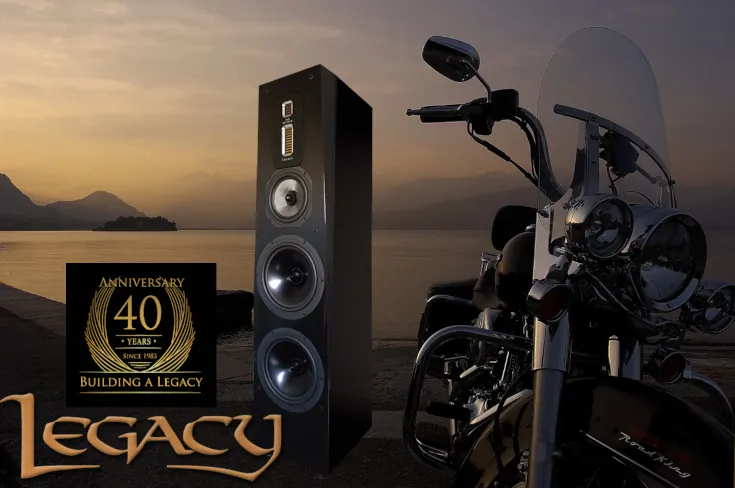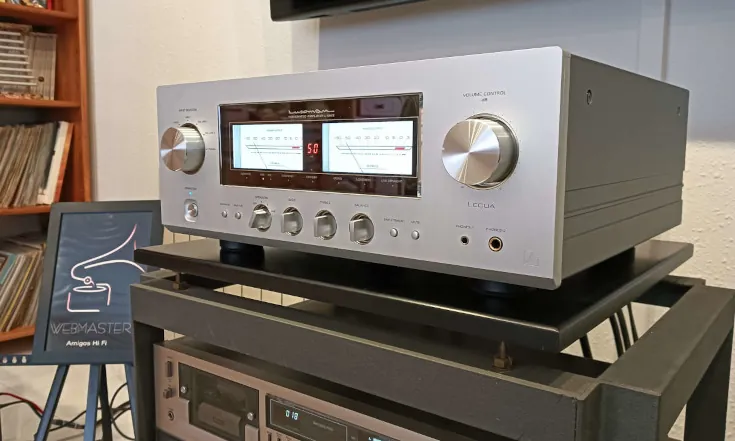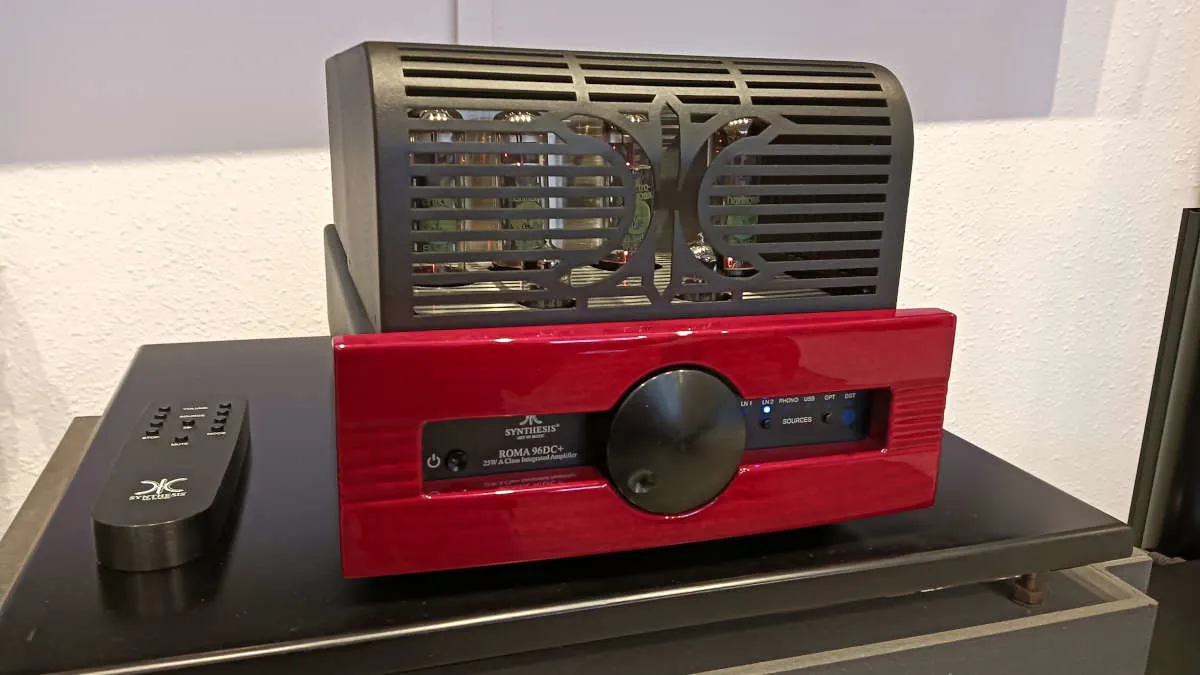
So that my readers don't go a little crazy with the descriptions and photographs available both in online stores and on the manufacturer's own website. Even with its downloadable PDF, which mentions the two versions, Synthesis Roma 96DC and Synthesis Roma 96DC+, there is no indication of the reason for the difference between them. They even use a photo of the first one to advertise the second one, which only adds to the confusion... and on the official website. So, let's do their job for them; the explanation is simple, the one with the (+) sign has a built-in expansion card for digital signal connection via USB 2 type B, optical and coaxial, incorporating an AK4495SEQ DAC. This board is connected to one of the amplifier lines, which is why the normal version has three line inputs and the (+) version only has two.
For those of you who like to see all the technical specifications of the devices, I have found the official data sheet for the DAC AK4495SEQ for your leisure time. And before getting into the subject, a simple clarification for the uninitiated. Any system with valves, bulbs, or vacuum tubes, depending on the definition in each country, can prove you right or wrong in equal measure. Furthermore, depending on the condition of the valve, this criterion may vary. This is determined by the number of hours of operation and, above all, by the possibility of replacing them with similar ones, although with significant variations in the final result. For this reason, everything stated refers to the product and its condition.
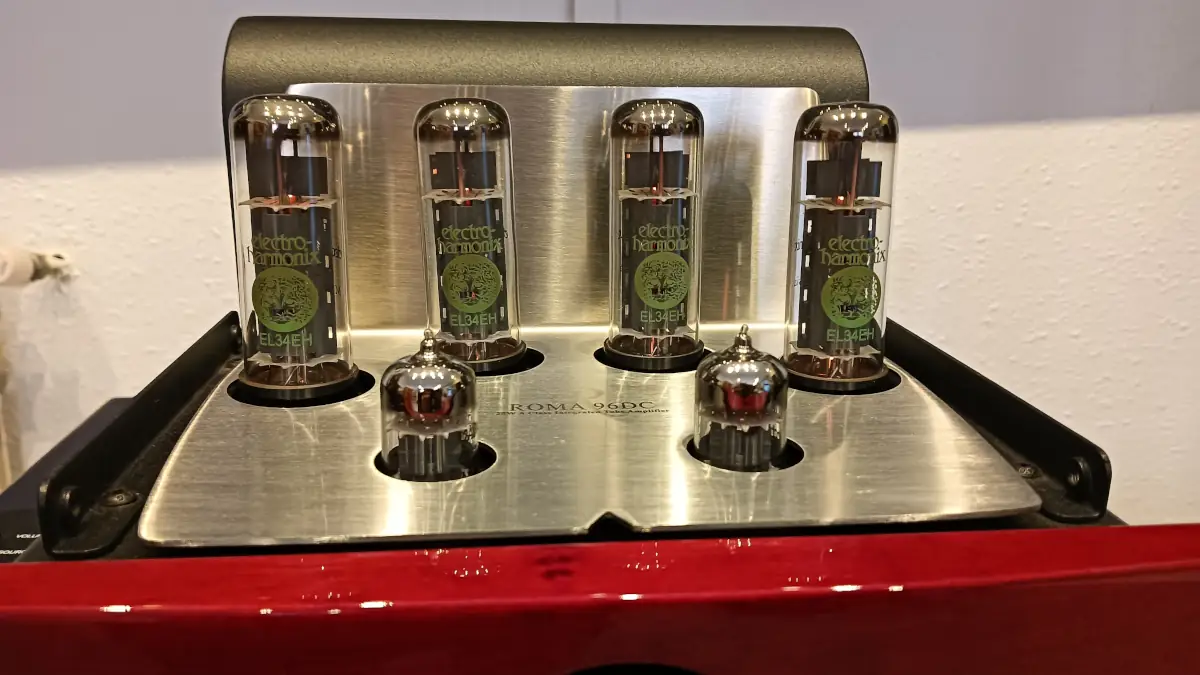
Synthesis Roma 96DC+
One of the most rewarding things when explaining a component is that with just a glance at a photograph, the reader already has much of the work done. In other words, if we see valves or heat protectors, we already know what we are talking about. However, as with so many things today, there are product mergers with characteristics that make clarification essential.
This is an integrated amplifier that delivers 25 watts of Class A power into 6 ohms. It has a push-pull pentode configuration. As with everything in life, there will be supporters and opponents, although I would like to point out that this type of configuration allows for a more powerful signal with a lower distortion factor, which greatly expands the type of speakers that can work with them and saves future owners a lot of headaches.
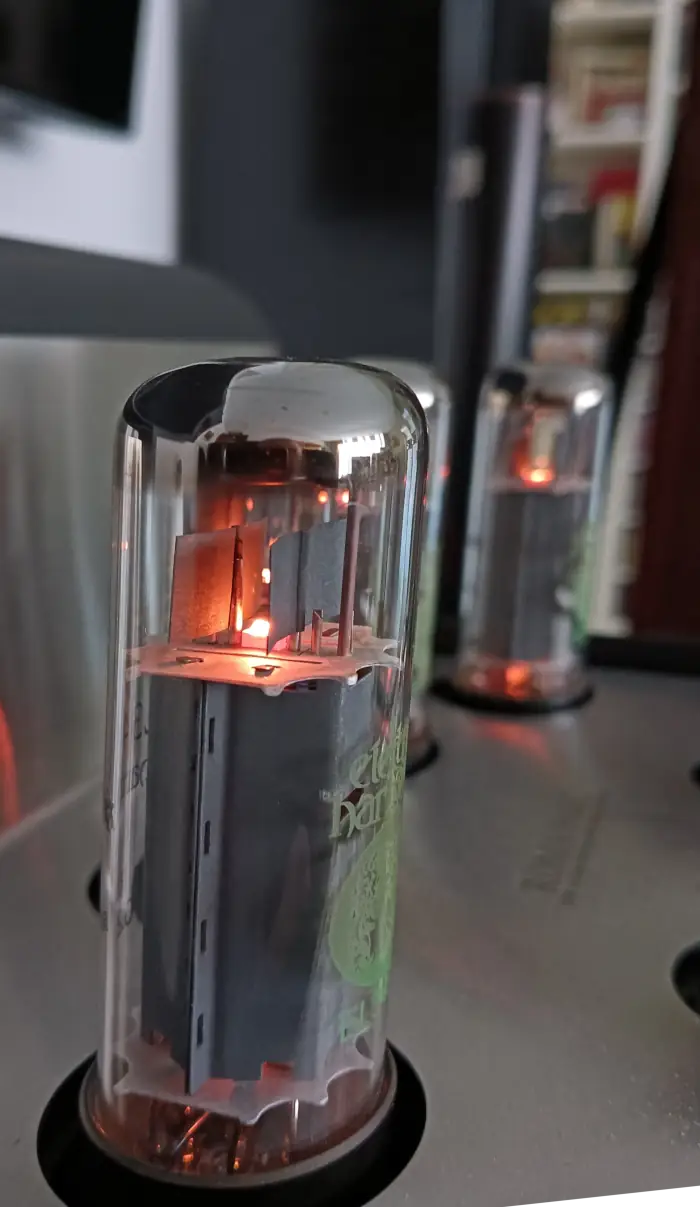
Continuing with the previous paragraph, many speakers does not mean all. Positive synergy between components exists and is a reality. My initial idea was to connect this integrated amplifier with the Legacy Audio FOCUS SE. And so I began; however, I was not satisfied with the result. At this point, many analysts would start talking about certain deficiencies in this or that. This being an honest review, on the one hand, from the readers. Nothing could be further from the truth. I have written a lot about the Focus SE, and positively so. So that's not the issue. Is it the fault of the Synthesis Roma 96DC+? No, that's not it either. A simple change of speakers, in this case some RadioTehnika Giant FS-100N, brought out the best in the Italian amplifier. Even so, I had some MHX Audio RZ 106 speakers in reserve, just in case. Sometimes, a lack of resources leads us to blame others.
Aesthetically beautiful, well-proportioned, and possibly the most elegant tube amplifier I've ever had in my home. Both with and without its heat shield. Its potentiometer is smooth but not loose, with a small cavity to fit your fingertip, making it even easier to use.
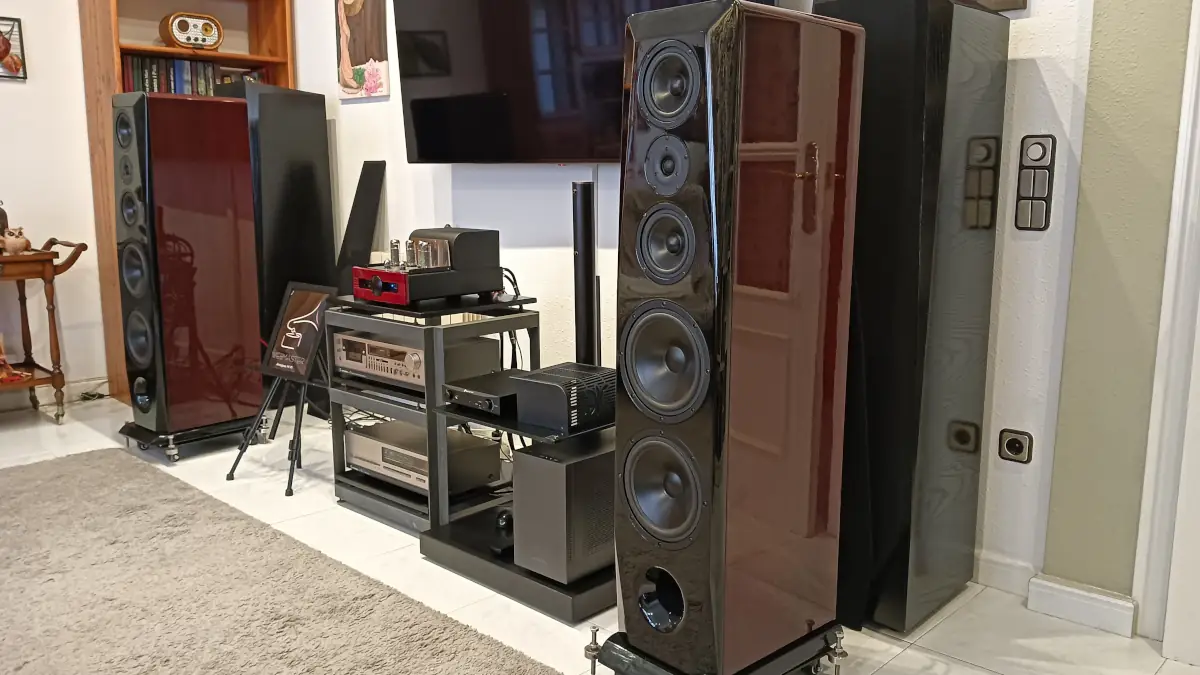
Equipment used in testing
»Sound source:
» Roon Labs on dedicated PC
»NuPrime DAC 9X
»Power amplification:
»Synthesis Roma 96DC+
»Speakers:
»RadioTehnika Giant FS-100N
»Cables:
» Wires4Music for wiring:
» Horus Hybrid RCA interconnect
»Evolution on speakers and mains
» Custom rack
I had a sound in my head, a style and a soundscape that I wanted to try out, so with my tablet in hand, I launched Qobuz and typed in Aaron Neville. The strongman of the Neville brothers is one of the most incredible voices alive today (outside of opera) and one that we should enjoy forever. In women, we have Adele. Returning to the former, Qobuz recommends his Christmas songs... Possibly, after reggaeton, the extra-sweet pastries in these songs are my most hated. Then comes jazz...
Without paying any attention, I enter the hell of diabetics with the only light at the end of the tunnel called Aaron Neville.
The third track on the album, just reading the title makes you want to run out and get it: "The Christmas Song (Chestnuts Roasting on an Open Fire)". This original Nat King Cole song, performed by Aaron with his velvety voice accompanied by a saxophone counterpoint, will knock you off your feet. You become absorbed in the music as the piano plays in the background, setting the stage for the saxophone solo. The orchestra gradually increases in volume until it fades away, preparing for the entrance of the vocals in capital letters. What an amazing result this home setup gets out of this song!
The first track, "Please come home for Christmas," welcomes you without going overboard on the sugar. It's our Aaron, performing a song that could easily be on one of his classic albums. Neville is soul in the first person, he is soul, he is spirit, he is not fake, as he has defined himself on many occasions as a believer. At a certain point, a guitar riff prepares you for everything that's coming.
To finish, "White Christmas." The rhythm is so slow that if you listen to it on a record player, you'll think it's stopped. As his voice tackles the "Whi" in White Christmas, he is able to walk the entire musical scale from top to bottom. This song is not dedicated to Christmas, but to his glorious ability to do whatever he wants with his voice. Playing this back is extremely difficult, as many passages go from semi-acappella to very relaxed instrumentation, allowing you to focus on the sound of each individual instrument.
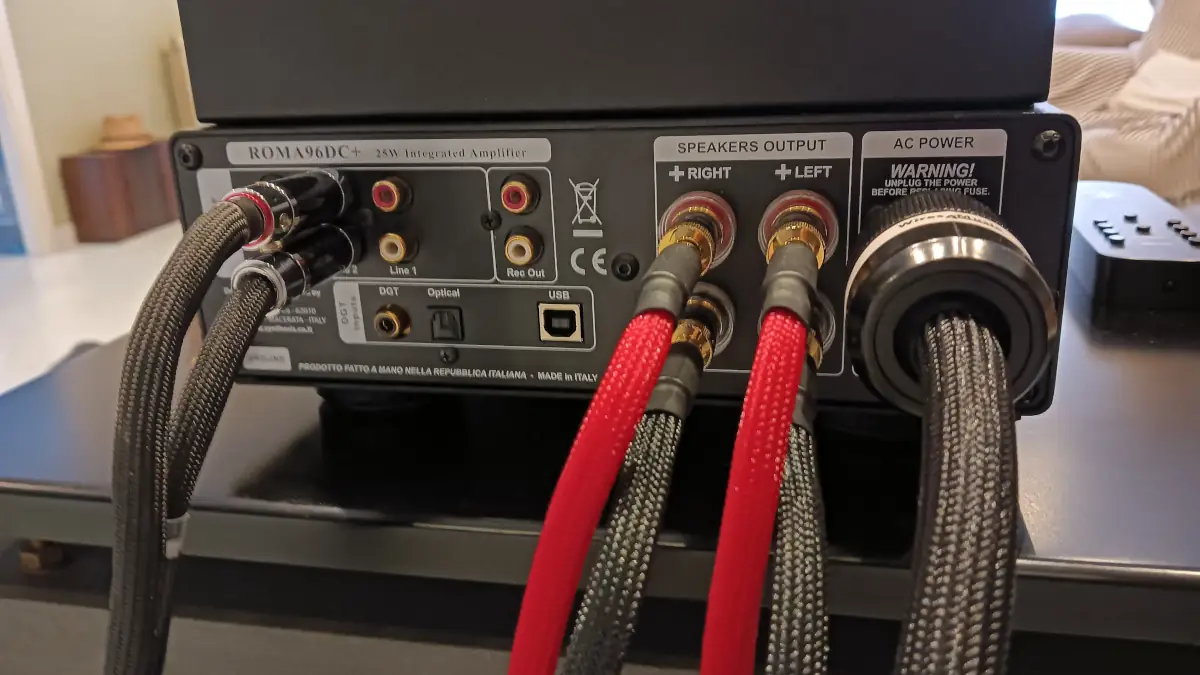
Conclusions
The communicator or analyst's dilemma: should I use the integrated amplifier's digital input or a higher-performance DAC? If I opted for the latter, the overall sound quality would improve, and that was my decision. Over the years, I have noticed that tube amplifier enthusiasts prefer other analog devices as their sound source and use the digital world only to discover new music. This also makes it lighter.
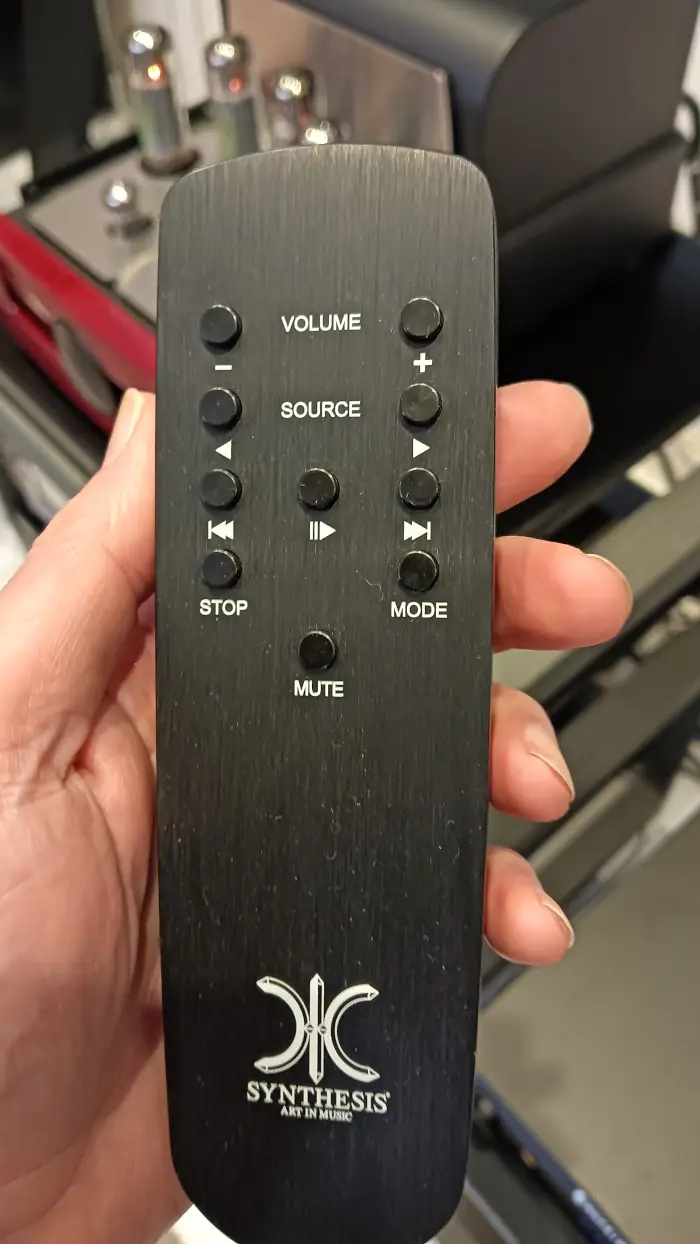
Tube sound has its own unique character, meaning that it leaves its mark on the music with the way it reproduces it. Like Class D, it has its pros and cons, which are not the focus of this review, but rather its suitability for the intended purpose. And the Synthesis Roma 96DC+ does not disappoint in any of its parameters. What's more, I think it fulfills them perfectly in every case. Its inputs, phono, 2 RCA lines, and digital provide all the connectivity its future owners will need. The relaxed, calm sound makes you want to choose the part of your music catalog that best fits this category. It's not something you seek out, it's something your body craves. And you enjoy it, boy do you enjoy it.
I have often said that the best and what people like are two different things. People like this. Well done to the Italians.
Specifications
CONFIGURATION
Push-Pull pentode
OUTPUT POWER
25W RMS @ 6Ohm
(1 channel, THD < 1%)
FREQUENCY RESPONSE
from 20Hz to 20KHz +-0.5dB
DISTORTION
1% @ 1KHz (MAX power)
SIGNAL-TO-NOISE RATIO
>90dB "A" weighted
INPUTS
2 line (Roma 96DC+)
1 MM phono
DIGITAL INPUTS
1 USB type "B" Windows/Mac/iOs/Android
1 Toslink optical
1 Coaxial S/PDIF
D/A CONVERTER
AK4495SEQ
32bit 768KHz
MAXIMUM RESOLUTION
24 bits 192KHz (OPTCoax)
32 bits 384KHz (USB)
DSD up to 5.6MHz (USB)
DIMENSIONS (WIDTH, DEPTH, HEIGHT)
260x415x200mm
WEIGHT
18Kg
POWER CONSUMPTION
200 W max.
| Manufacturer's Website | Synthesis Art in Music |
| Distributor's website | Gume Audio |
| Price | 3100 € |
More review
-
Legacy Audio FOCUS SE, the secret of the professionals
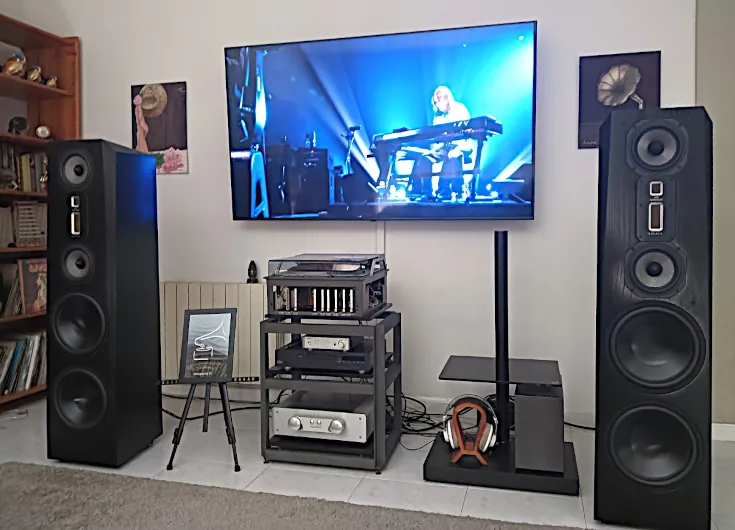
If sound and sound quality are your only criteria, you should listen to these speakers before...
-
Verus Canor David, biblical quality
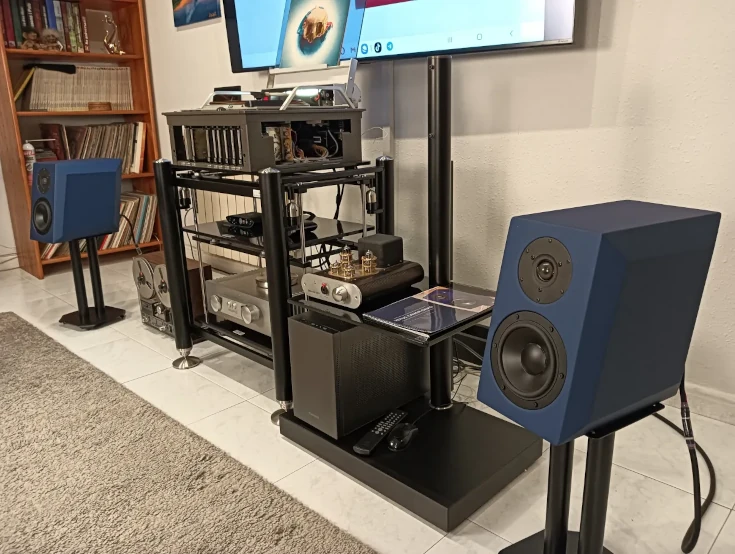
The number of hours invested in its development is evident in the final result.
-
Technics SL-1210GR2, 4th Generation of the classic
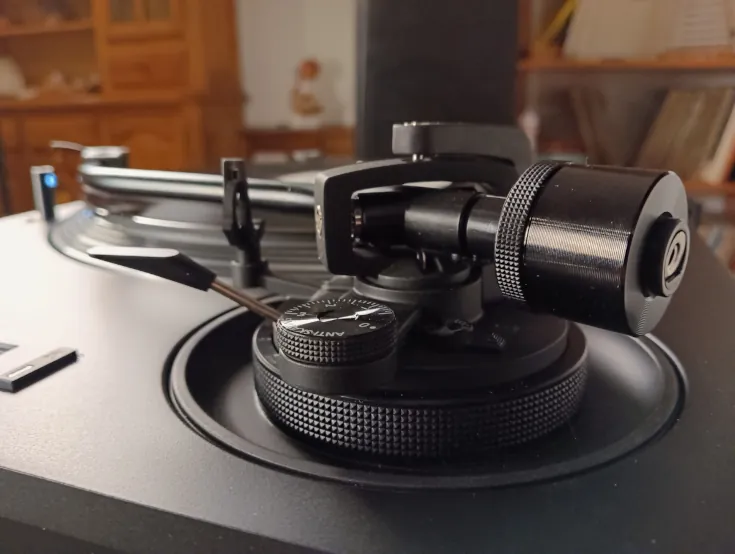
Technics SL-1210GR2 is a professional turntable with professional features that can be easily...









